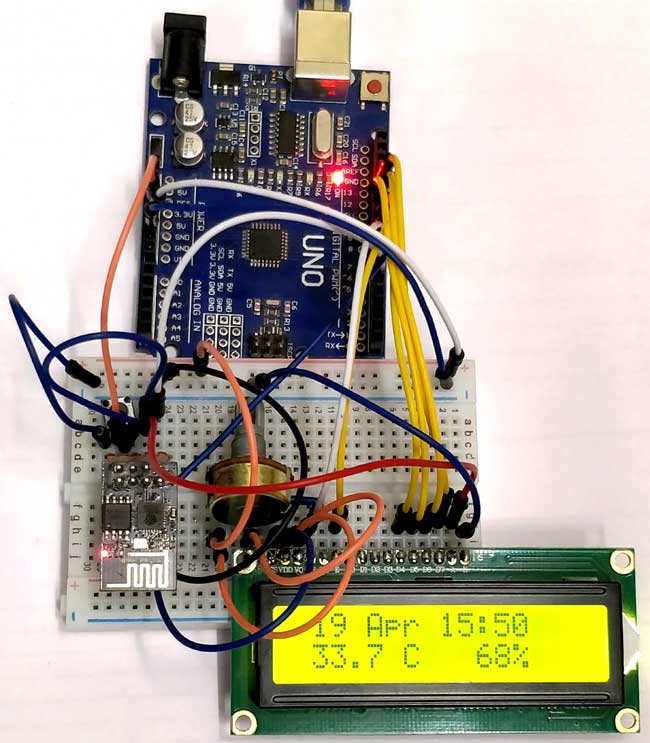IoT Project Development: A Practical Guide

After our fascinating journey through the world of the Internet of Things (IoT) and a glimpse into its exciting future, it's time to roll up our sleeves and dive into the practical side of things. Today, I'll be sharing a guide on how to approach an IoT project development, from ideation to implementation.
Step 1: Define Your Objective
Start by clearly defining the objective of your IoT project. What problem are you trying to solve? Which processes do you want to improve? Having a clear objective will guide your decisions throughout the project.
Step 2: Choose Your IoT Devices
Based on your objective, determine what types of IoT devices you need. This could range from simple sensors to complex machines. Don't forget to consider factors like power requirements, operating conditions, and whether the device needs to be mobile or stationary.
Step 3: Plan Your Connectivity
Your IoT devices need to communicate with each other and the cloud. Consider the range, power consumption, bandwidth, and other factors to choose the appropriate connectivity option. This could be anything from Wi-Fi and Bluetooth to cellular and LPWAN technologies.
Step 4: Select an IoT Platform
An IoT platform will manage your devices, process data, and integrate with other systems. When choosing a platform, consider its scalability, compatibility with your devices, security features, and cost.
Step 5: Develop Your IoT Application
Your IoT application will provide the interface for users to interact with the system. It could be a mobile app, a web dashboard, or even a voice-activated system. Keep your end users in mind when designing the application.
Step 6: Implement Security Measures
Security is paramount in IoT projects. Implement robust security measures at every level, from the devices to the cloud. This includes encrypting data, securing device identities, and regularly updating and patching systems.
Step 7: Test and Deploy
Before deploying your IoT project, conduct thorough testing to ensure everything works as expected. Once you're confident in your system's functionality and security, it's time to deploy.
Remember, this is a general guide and the specifics will depend on your particular project. IoT project development can be complex, but the potential rewards in terms of efficiency, productivity, and innovation are immense.
In the next blog post, I'll be delving deeper into some of these steps, providing more detailed guidance and practical tips. Stay tuned to continue our hands-on exploration of IoT project development!